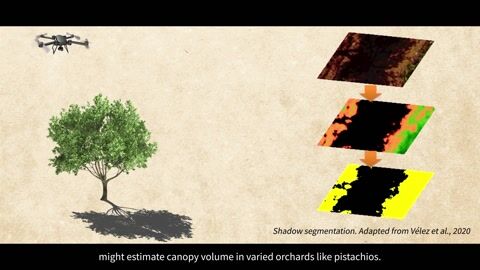- Subjects: Remote Sensing; Water Resources
- |
- Contributors:
- Pedro Torralbo ,
- Rafael Pimentel ,
- Maria José Polo ,
- Claudia Notarnicola
- wet snow
- Sentinel-1
- C-band
- synthetic-aperture radar (SAR)
- Mediterranean mountains
- semi-arid regions
- streamflow dynamics
This video is adapted from 10.3390/rs15225365
Monitoring snowmelt dynamics in mountains is crucial to understand water releases downstream. Sentinel-1 (S-1) synthetic-aperture radar (SAR) has become one of the most widely used techniques to achieve this aim due to its high frequency of acquisitions and all-weather capability. This work aims to understand the possibilities of S-1 SAR imagery to capture snowmelt dynamics and related changes in streamflow response in semi-arid mountains. The results proved that S-1 SAR imagery was able not only to capture the final spring melting but also all melting cycles that commonly appear throughout the year in these types of environments. The general change detection approach to identify wet snow was adapted for these regions using as reference the average S-1 SAR image from the previous summer, and a threshold of −3.00 dB, which has been assessed using Landsat images as reference dataset obtaining a general accuracy of 0.79. In addition, four different types of melting-runoff onsets depending on physical snow condition were identified. When translating that at the catchment scale, distributed melting-runoff onset maps were defined to better understand the spatiotemporal evolution of melting dynamics. Finally, a linear connection between melting dynamics and streamflow was found for long-lasting melting cycles, with a determination coefficient (R2) ranging from 0.62 to 0.83 and an average delay between the melting onset and streamflow peak of about 21 days.






















